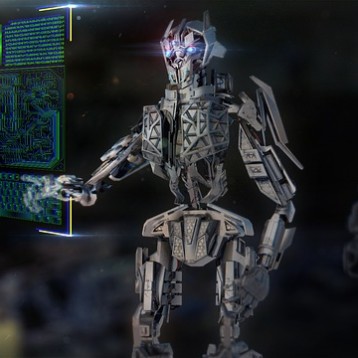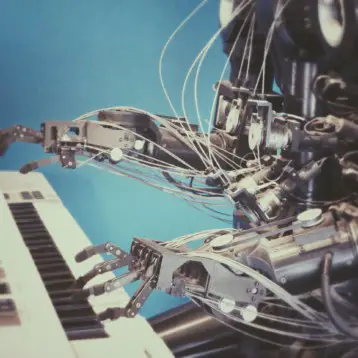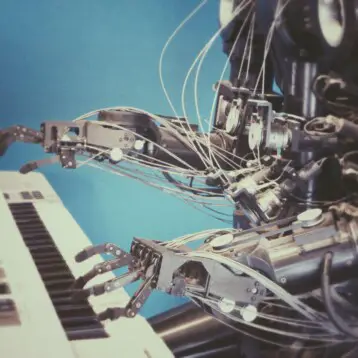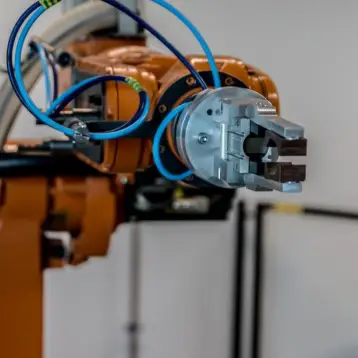Engineers at MIT have been making progress in developing the first ever “robotic cheetah”. The 70-pounds 4 legged robot can’t match the speed of the real feline (yet) but pound for pound it is as efficient as the real thing.
MIT researcher Sangbae Kim and his team have been working on developing a robotic equivalent of a cheetah for over 3 years now. Kim who worked in the past at Stanford University on the gecko-inspired StickyBot, has set a goal to create a robot cheetah that can run at least half the speed of a real cheetah’s or about 70mph. Although the team had not yet reached this goal, the project seems to be progressing and recent tests have shown the robotic cheetah achieving highly efficient movement during relatively slow running.
–
–
The test conducted recently showed that the robo-cheetah wasted very little energy while running continuously for up to an hour and a half at 5 mph. The key to achieving this groundbreaking efficiencyare the lightweight electric motors located inside the 4 shoulders of the robot which produce high torque with very little wasted heat. The motors are programmed to almost instantaneously adjust the robot’s leg stiffness and damping ratio in response to change in terrain on which the robot is running.
–
–
According to Sangbae Kim: achieving energy-efficiency in legged robots has proven extremely difficult. Robots such as Boston Dynamic’s “Big Dog” carry heavy gasoline engines and hydraulic transmissions, while other electrically powered robots require large battery packs, gears, force sensors and springs to coordinate the joints in a robot’s leg. All this weighty machinery can add up to significant wasted energy, particularly when a robot’s legs need to make frequent contact with the ground in order to trot or gallop". Kim added that "In order to send a robot to find people or perform emergency tasks, like in the Fukushima disaster, you want it to be autonomous. If it could run for more than two hours and search a large field, that would be useful. But one of the reasons why people think it’s impossible to make an electric robot that does this is because efficiencies have been pretty bad".
–
–
One of the most interesting features of the robotic cheetah has to do with the way it reuses some of the energy. Kim explains this as follows: "The majority of impact energy goes back to the battery because the damping is created by custom-designed electric control of the motor. The motor regenerates energy that would have been otherwise lost".
–
–
Kim’s research proves that it is indeed possible to create a highly efficient robot that can perform long scouting/search and rescue tasks. Although reaching higher speeds is still a goal for these types of missions endurance might prove to be no less important.
–
–
More information can be found on the MIT website.
A video showing the robotic cheetah first run











